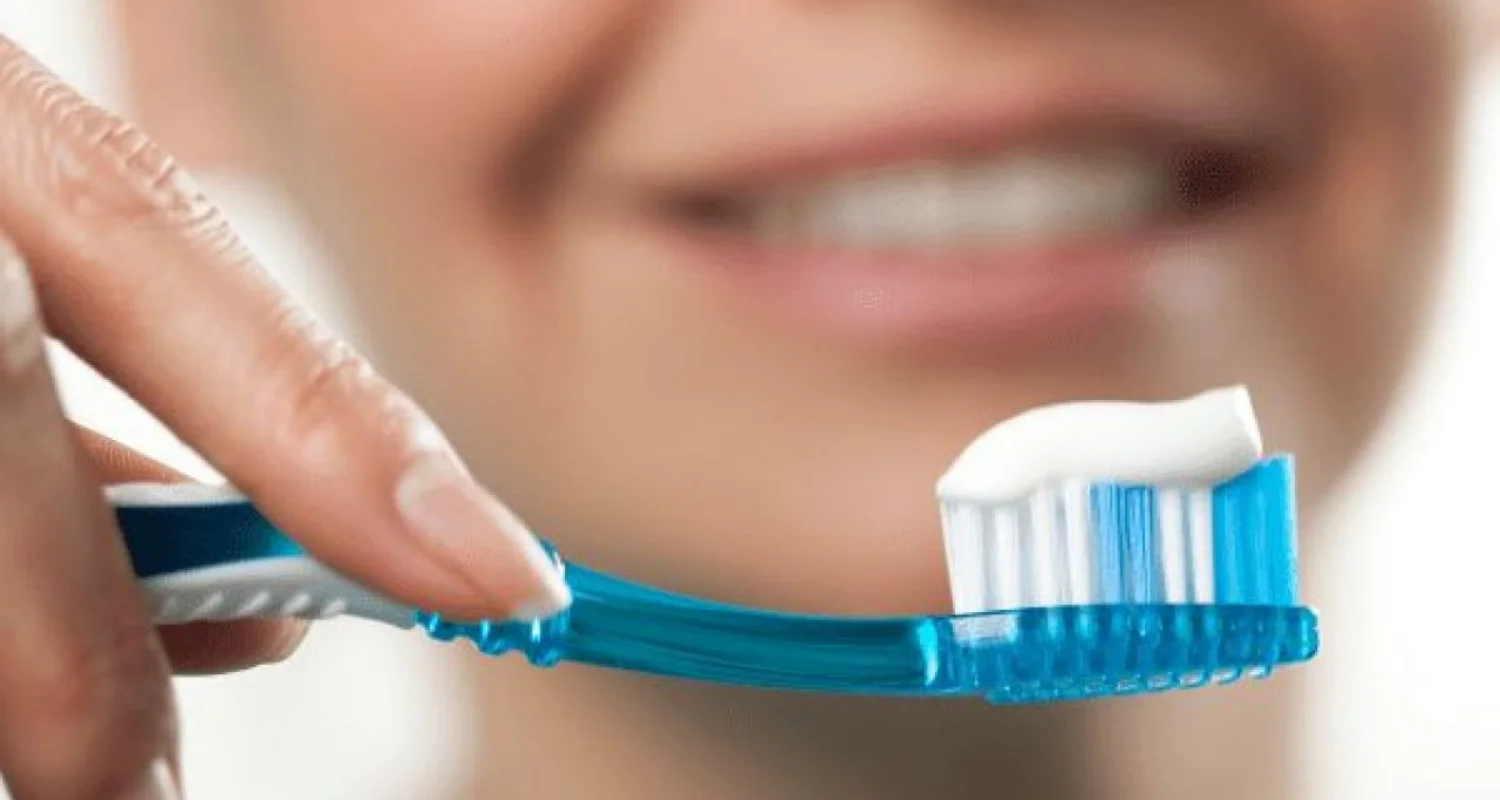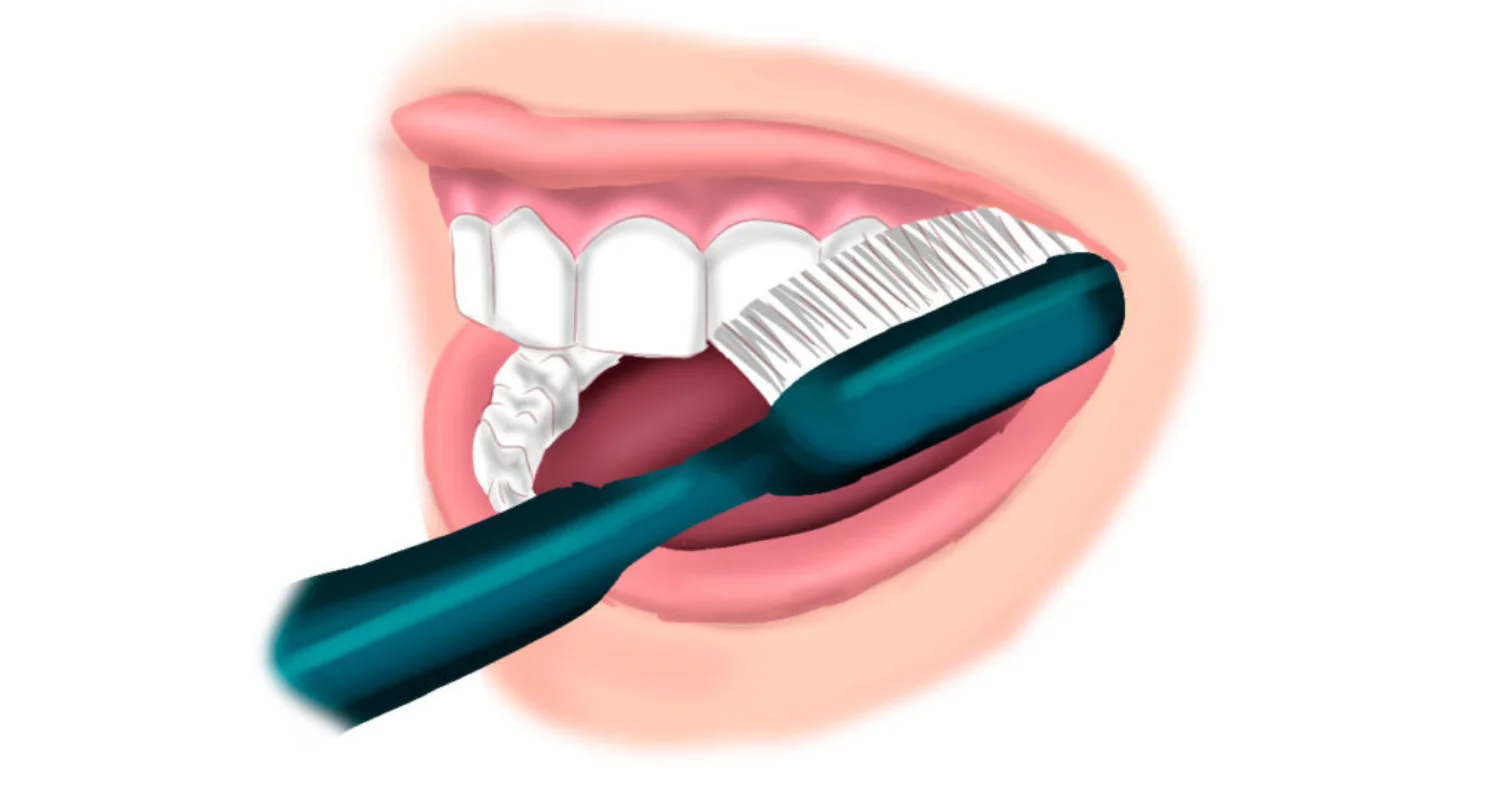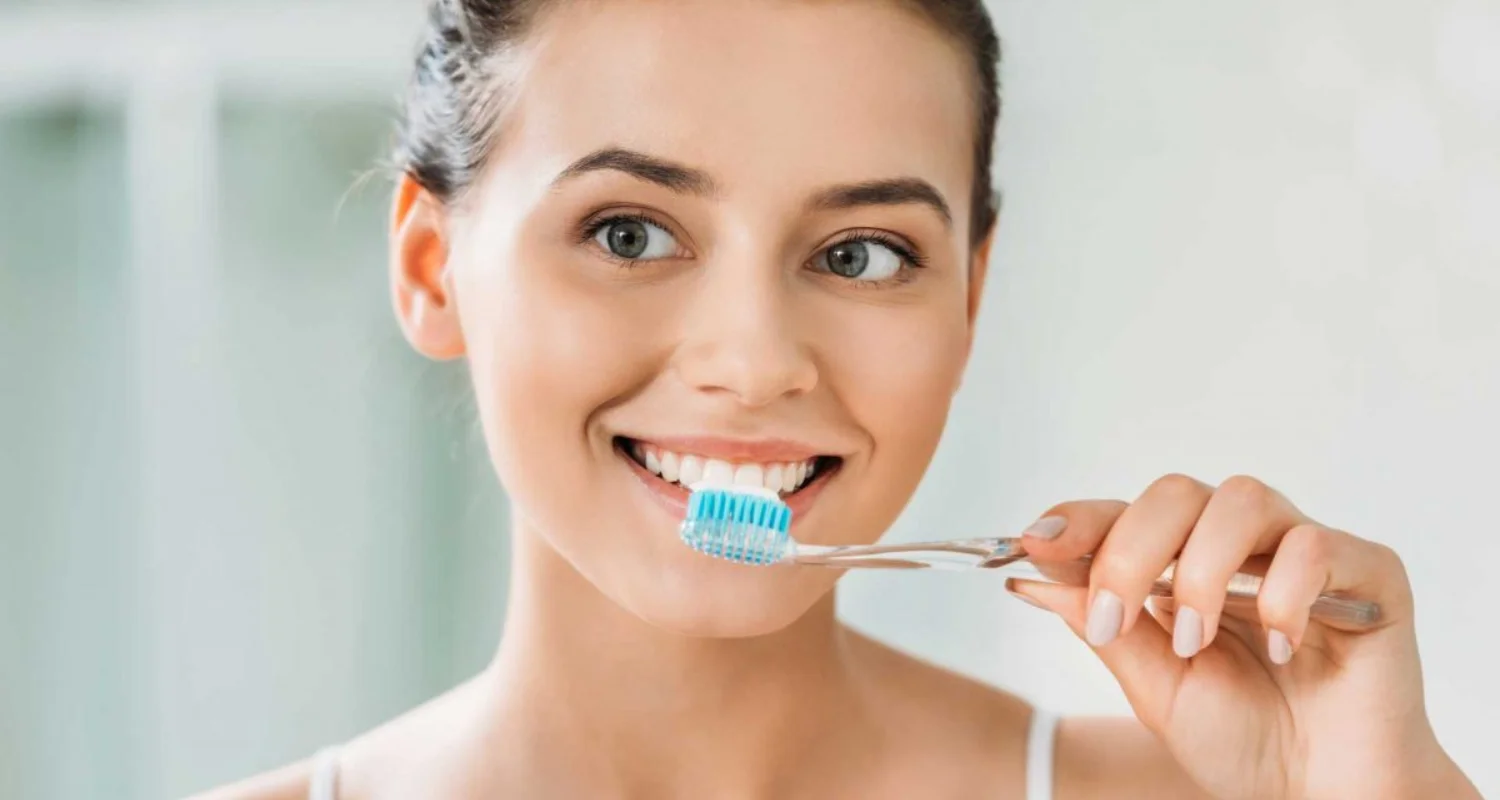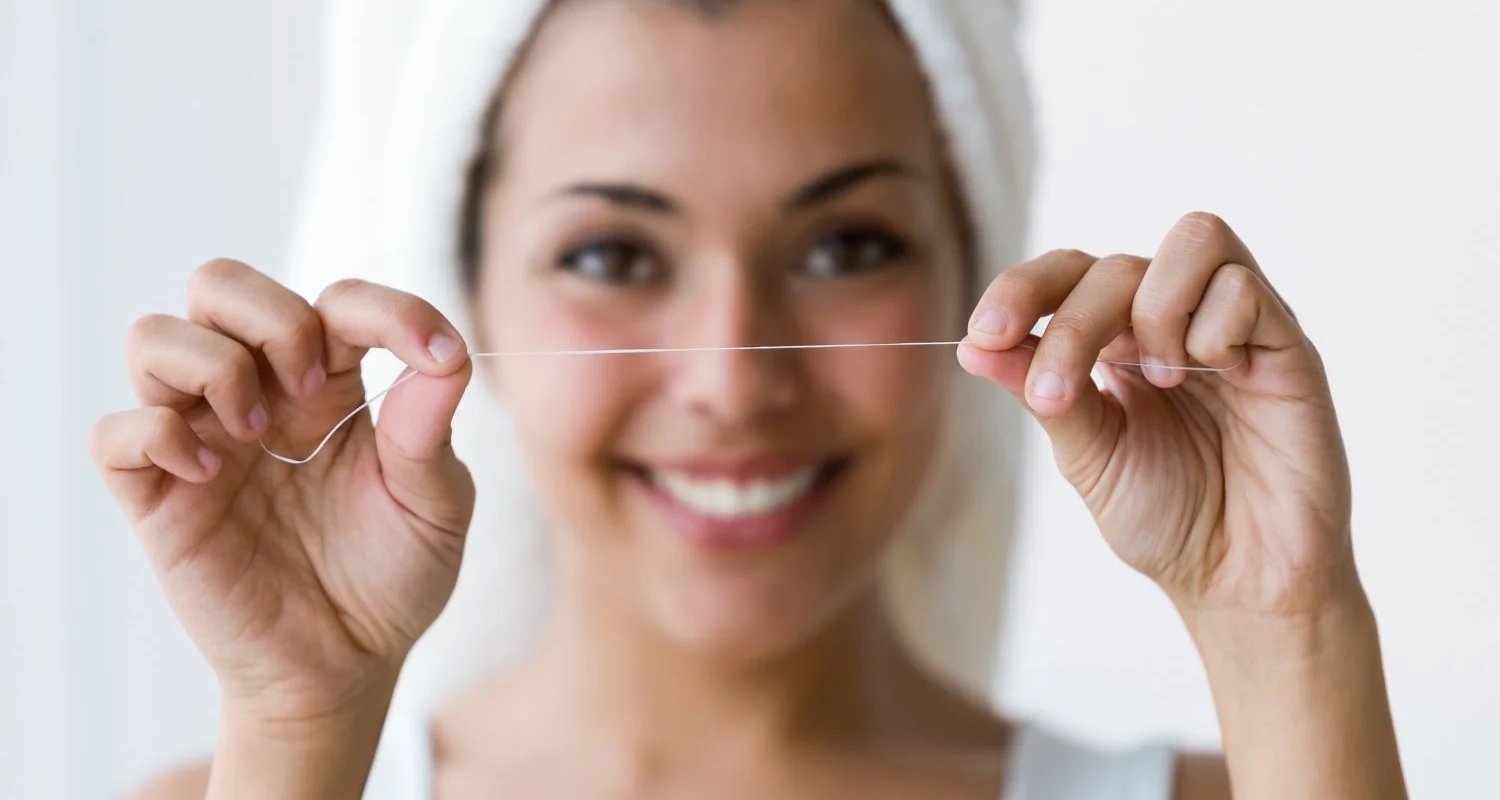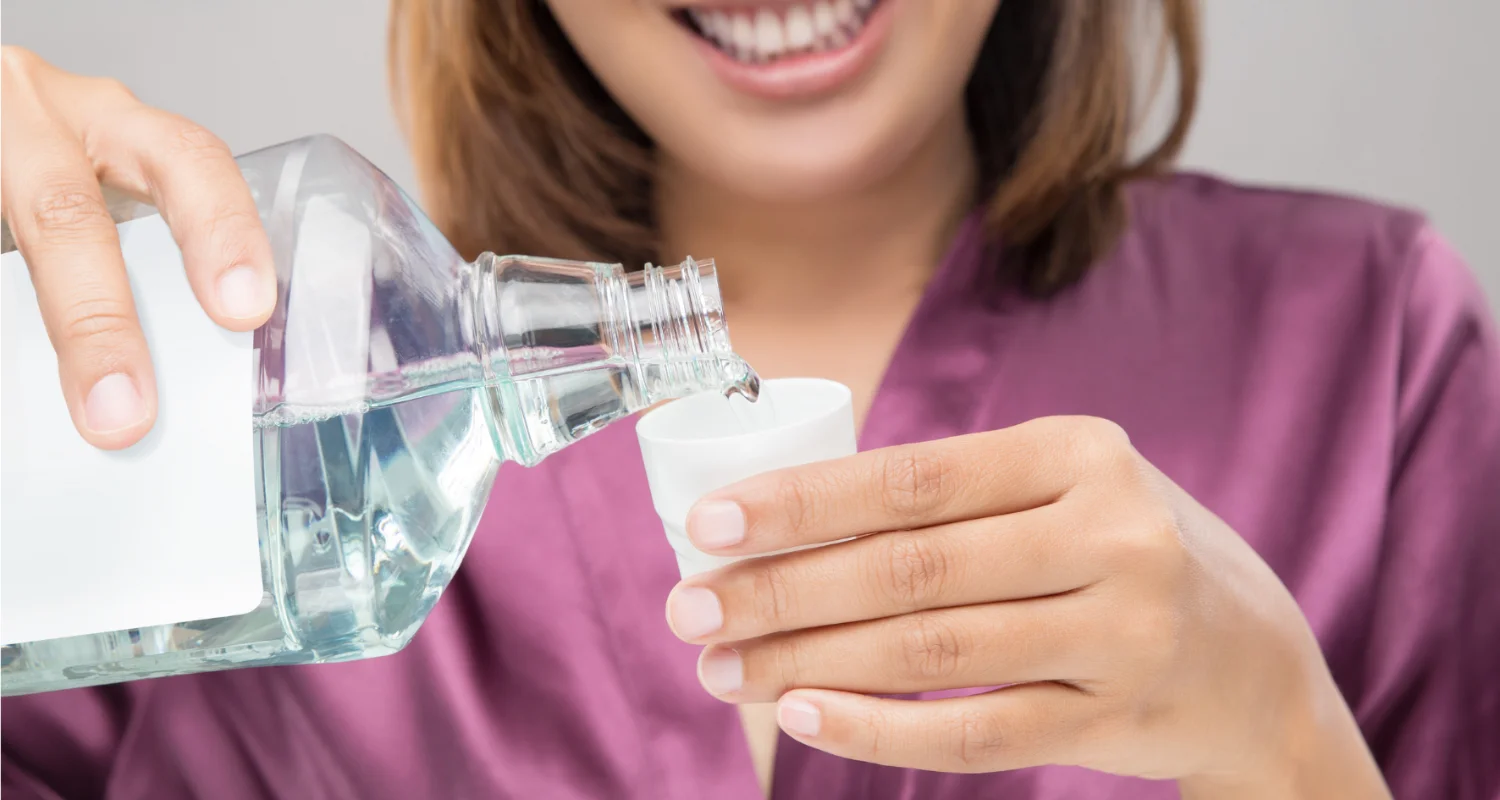Last Updated on: 16th December 2025, 11:05 am
Do you know what the Bass toothbrushing technique is?
Maintaining optimal oral health starts with proper brushing techniques. While brushing your teeth twice a day is essential, the effectiveness of your cleaning depends largely on how you brush. Improper brushing can leave dental plaque, leading to gum disease, cavities, and other oral health issues. Adopting a scientifically-proven technique ensures that your efforts result in a cleaner, healthier mouth.
The Bass toothbrushing technique is a widely recommended method for effectively removing plaque and promoting gum health. Unlike standard brushing methods, this technique focuses on cleaning at the gum line, where plaque buildup often begins and where traditional brushing can sometimes fail. Its precision helps reduce the risk of gingivitis and other periodontal problems, making it a favorite among dental professionals.
This step-by-step guide to the Bass toothbrushing technique will put you in better control of your oral hygiene. With an emphasis on gentle, deliberate strokes and targeting key areas, the method ensures a deeper clean without damaging gums or enamel. By mastering this approach, you can improve your brushing routine and keep your smile healthy and bright.
What is the Bass toothbrushing technique?
The Bass toothbrushing technique, developed in 1950 by physician Charles Cassidy Bass, focuses on effectively cleaning the space between the teeth and gums, known as the gingival sulcus. This area is key, since bacterial plaque responsible for problems such as cavities and gingivitis usually accumulates there.
Doctor Bass is known as the father of oral hygiene because he was the first to highlight the importance of brushing not only the teeth, but also the gums, thus achieving a much more complete and effective cleaning. Their contribution marked a before and after in dental care and, thanks to this technique, we can better protect our oral health.
What is the difference between the Bass toothbrushing technique and the modified Bass technique?
The modified Bass technique involves gentle, vibrating motions that keep the toothbrush in place, focusing on thoroughly cleaning the delicate gumline. This approach effectively removes plaque while minimizing the risk of gum damage.
Step-by-Step Guide to the Bass toothbrushing technique
Below, we explain in detail how to properly perform the Bass toothbrushing technique:
1. Get to work! Place a measured amount of toothpaste on the brush, the amount of toothpaste should be the size of 2 rice pads.
2. Do not wet the brush. When you wet the brush you increase the amount of foam produced, limiting the visibility of the teeth, saliva is enough.
3. Position the brush at 45°. But how do I know how many degrees the brush is at? Easy! First place the brush head horizontally, in this position the bristles are at 90° and then slightly rotate the brush upwards if they are the upper teeth or downwards if they are the lower teeth, until the position is intermediate between horizontal and vertical. brush head.
4. Sweep from the gum to the edge of the tooth, applying gentle pressure and force.
5. Make horizontal vibrating movements in which the bristles of the brush are introduced into the space between the tooth and the gum, without moving the brush.
6. Progress little by little, it is suggested to cover 2 to 3 teeth, without forgetting any of the tooth surfaces. We suggest this sequence:
a. Start at the front of your top teeth, starting from right to left.
b. Then on the back and front teeth, the brush is placed vertically.
c. On your bottom teeth, brush the front from left to right and then the back.
d. On the flat part of the molars and premolars, make sweeping movements.
e. Last but not least, brush your tongue in sweeping motions. For this, you can also use a tongue scrapper.
Brush for the appropriate amount of time. The Bass technique is effective, with the appropriate movements and duration, which is 2 to 3 minutes.
How to choose the correct brush for the Bass toothbrushing technique?
For optimal effectiveness with the Bass tootbrushing technique, it is recommended to use a toothbrush with soft, thin bristles. This helps minimize enamel wear while enhancing the cleaning of the gingival sulcus.
Brushes with multi-level bristles are particularly beneficial for individuals with crowded or misaligned teeth, as these conditions demand more precise and thorough oral hygiene.
What advantages does the Bass toothbrushing technique have?
The Bass toothbrushing technique has many benefits that can improve your oral health:
● Deeply clean the area between the gum and the tooth: Thanks to its gentle movements and the correct inclination of the brush, this technique eliminates the plaque accumulated in the gingival sulcus, which is the main cause of gingivitis.
● Reduces tooth sensitivity: By using controlled movements and applying appropriate pressure, you protect the enamel and avoid exposing sensitive areas of the tooth, which can reduce discomforts such as tooth sensitivity. If you combined with toothpaste for sensitive teeth, the results will be better.
● Greater control in brushing: Helps you be more aware of the areas you are brushing, including hard-to-reach areas, ensuring complete cleanliness.
● Prevents tartar buildup: A well-applied technique prevents plaque from hardening and turning into dental calculus or tartar, something that only a dentist can remove.
● Fight bad breath: Bacterial plaque is one of the main causes of halitosis (bad breath). By eliminating it effectively, you keep your mouth fresh and healthy.
Disadvantages of the Bass toothbrushing technique
Although the Bass toothbrushing technique is one of the most effective for maintaining good oral hygiene, it is not without some challenges:
1. Requires practice: At first, it can be a little difficult to get used to the position of the brush and the specific movements that the technique suggests. But don’t worry, with patience and perseverance, you will soon master it.
2. Take more time: By implementing this technique, your brushing routine will likely be a little longer at first. A good idea is to take advantage of this time to listen to your favorite song and brush.
3. Risk of applying too much force: During training, you could apply more pressure than necessary, which can cause gum recession, enamel wear, or small injuries to the gums. Remember that gentle but effective brushing is key.
4. Difficulty for some people: In cases of people with limited mobility or physical difficulties, the technique can be a challenge, since it requires precision in movements. In these cases, it is important to look for alternatives or adaptations that fit your needs.
Additional tips for implementing the Bass toothbrushing technique
In addition to following the basic steps of the Bass Technique, these tips will help you maximize the benefits of your oral hygiene routine:
1. Use a plate developer: This substance stains the bacterial plaque, making it easier to detect and eliminate. It is ideal for identifying areas that need more attention during brushing. You can find it in the form of drops or pills.
2. Complement with dental floss: Dental floss and dental tape are the perfect complement to the Bass toothbrushing technique, as they remove plaque between the teeth, an area where the bristles of the toothbrush cannot reach.
3. See your dentist regularly: Although the Bass Technique is very effective, regular visits to the dentist are essential to prevent oral diseases and ensure that you are applying the technique correctly.
4. Don’t forget the tongue and the inside of the cheeks: Tooth brushing removes only 80% of the bacterial plaque in the mouth. For a complete clean, include brushing your tongue and inner cheeks in your daily oral hygiene routine.
5. Consider an electric toothbrush: If you already master the Bass toothbrushing technique, an electric toothbrush can be an excellent option, as it helps control the force and pressure exerted. Consult your dentist to choose the most suitable one for you. This is an especially useful option for people with reduced mobility, or who require a caregiver to perform their oral hygiene. For kids are a great tool to make the toothbrushing a funny moment!
Implements for a proper oral hygiene routine
Maintaining a healthy smile is easier when you have the right tools. Here we present the basic implements that will help you take care of your mouth effectively and comfortably.
● Soft bristle brush: Ideal for practicing the Bass Technique. You can find it on the market as “soft” or “ultrasoft”.
● Electric brush: Requires learning the proper technique before use. For people with physical restrictions, supervision by a caregiver is recommended.
● Interdental brush: Complements the Bass toothbrushing technique by cleaning the areas between the teeth where the brush cannot reach.
● Floss: Device designed to facilitate the use of dental floss, providing greater control over the movements.
● Waterpik the oral irrigator: Tool which uses pressurized water or mouthwash to clean hard-to-reach areas.
● Tongue cleaner or scraper: Helps eliminate bacterial plaque accumulated on the tongue, improving oral hygiene.
● Mouthwash: Complements brushing, helping to control the formation of bacterial plaque.
● Toothpaste: It provides fluoride and may contain ingredients that help prevent the accumulation of bacterial plaque, being an essential element of oral hygiene.
Conclusion
Mastering the Bass toothbrushing technique is a key investment in your oral health. Although it may require practice and some extra time, its benefits far outweigh any initial challenges. Not only does this method improve cleaning of harder-to-reach areas, such as the gum sulcus, but it also protects against plaque buildup, gingivitis, and other common oral problems.
Combining this technique with proper tools and complementary habits, such as flossing and regular visits to the dentist, ensures complete oral hygiene. With dedication and consistency, the Bass toothbrushing technique can transform your daily routine and help you maintain a healthy, bright, and hassle-free smile.
Frequently Asked Questions
What is the Bass toothbrushing technique?
The Bass Brushing Technique, developed by Dr. Charles Bass, is a scientifically proven method designed to remove plaque effectively, particularly from the gum line where it tends to accumulate. By focusing on gentle, precise brushing at a 45-degree angle, this technique helps protect against gum disease and improve overall oral hygiene.
What is the modified Bass method for brushing my teeth?
The modified Bass toothbrushing technique enhances the original method by adding small, vibrating motions to the toothbrush bristles without moving it. This approach thoroughly cleans the gum line while minimizing the risk of gum damage or enamel wear.
What do you think is the better brushing technique?
The best brushing technique depends on individual needs, but the Bass toothbrushing technique is highly recommended by dental professionals for its effectiveness in removing plaque and preventing gum disease. It’s particularly beneficial for those looking to maintain healthy gums and reduce the risk of gingivitis.
How can I choose the right toothbrush for the Bass toothbrushing technique?
A toothbrush with soft, thin bristles is ideal for the Bass toothbrushing technique as it minimizes enamel wear while ensuring effective cleaning of the gum line. For people with crowded or misaligned teeth, multi-level bristle brushes are particularly effective.
Is the Bass technique suitable for sensitive teeth?
Yes, the Bass toothbrushing technique is gentle and designed to protect tooth enamel, making it an excellent choice for individuals with sensitive teeth. Proper brushing pressure and technique can help alleviate sensitivity over time while maintaining oral health.
Share
References
1. Brushing your teeth. (s. f.). MouthHealthy – Oral Health Information From The ADA. https://www.mouthhealthy.org/all-topics-a-z/brushing-your-teeth/
2. Dental plaque prevention and the Bass toothbrushing technique. (s. f.). Dentistry IQ. Recuperado 21 de abril de 2020, de https://www.dentistryiq.com/personal-wellness/dental-disease/article/14201686/dental-plaque-prevention-and-the-bass-toothbrushing-technique
3. Different Brushing Techniques & The Right Toothbrush for Each. (2024, 4 April). Gum. https://www.sunstargum.com/us-en/oral-health/toothbrushing-techniques-best-toothbrushes.html
4. Watson, K. (2019, 21 November). How to Brush Your Teeth Properly. Healthline. https://www.healthline.com/health/dental-and-oral-health/how-to-brush-your-teeth#with-a-standard-toothbrush
-
DDS Juliana Garzon [Author]
Dr. Juliana Garzón Ariza Endodontics Specialist | Passionate Advocate for Oral Health Transformation Graduating from the esteemed Universidad Nacional de Colombia in 2021, I am a dentist and a final-year resident specializing in Endodontics. My professional mission is to transform oral health through prevention, highly specialized treatments, and patient education. With a strong focus on dental research, I am driven to innovate solutions in critical areas such as dental pain, infections, dent...
View all posts


